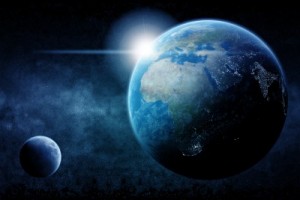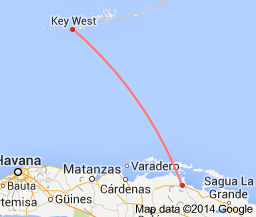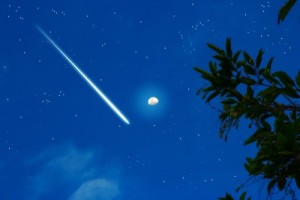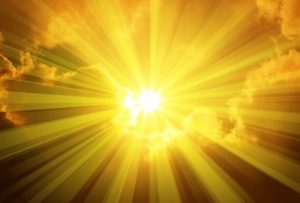
Enjoy being a part of history.
I’m sure you know that tomorrow you’ll get to be a part of history. It’s been over 200 years since North America experienced a total eclipse of the Sun, and I hope there is no cloud cover. Even if there is, you will still be able to sense the eclipse – the temperature will drop for about 4 minutes.
There are between two and five solar eclipses every year somewhere on the Earth, but total eclipses only happen about once every 18 months. The same particular spot on Earth will witness a total solar eclipse only once in 400 years.
What makes this North American eclipse so special is that it has not crossed Mexico, America, and Canada on this path in over 200 years – the last time was in 1775 during the American Revolution.
If there are no clouds during the eclipse, or spotty clouds, remember to look down, too. As the moon gets closer to covering the Sun 100%, the leaves on the trees will reflect the eclipse onto the ground.
So, look up and then look down – you will actually see the eclipse on the ground, too.
Make sure to keep your eyes safe, so don’t look into the Sun without eye protection, but FYI, when the moon covers the Sun 100%, you can glance at the Sun quickly without eye protection.
Then look down on the ground at the shadows from the leaves on the trees – you’ll see the eclipse on the ground.
Earthquakes and Volcanoes
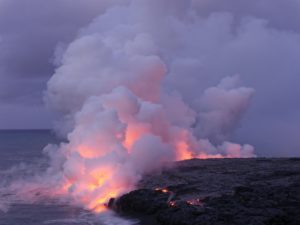
Earthquakes and volcanoes increase during a solar eclipse.
It is not unusual for earthquakes and volcanoes to respond to the gravitational pull of the moon coming in between the Earth and the Sun.
Major earthquakes have been occurring all over the planet, as well as volcanic eruptions. Poas in Costa Rica is erupting right now, and Fuego is also active in Guatemala; exploding around 5-9 times per hour producing impressive ash plumes.
These volcanoes in Central America are heating up the Gulf of Mexico, so expect a more active hurricane season in the Gulf this year.
A 4.8 magnitude earthquake rocked New Jersey in April 2024, and was felt all the way into Canada and throughout New York State. Geologists are closely watching the New Madrid fault zone, predicting it will have an earthquake soon.
We’ll see.
No doubt, you are witnessing the powerful influence of the Sun on the Earth right now.
Look up and don’t forget to look down, too. This is exciting.
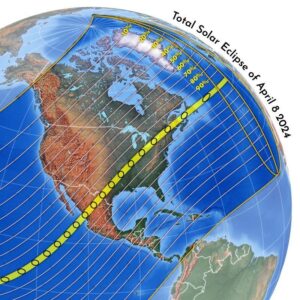
The path of the North American Solar eclipse
_____________
Disclaimer: This article is for informational purposes only, and is educational in nature.
You have our permission to reprint this article if you attribute us with a live back-link to this article and the youtube links. http://www.janethull.com/
_______________
